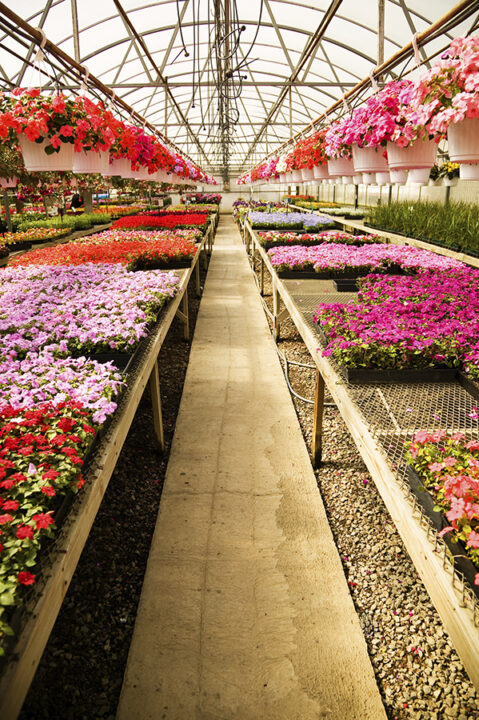What to Do When Good Tomatoes Go Bad
Many of today’s tomato cultivars are bred with inherent disease resistant packages. Keep in mind, however, that resistance isn’t immunity. If conditions that promote these diseases are favorable, resistant plants will perform better than those without resistance, but infection is still possible. Many conditions such as rainfall, soil conditions, temperatures, and humidity can influence disease pressure.
The most common and destructive foliar diseases may be treated if they’re identified before overtaking the plant. The key to preventing or reducing the severity of tomato diseases is to monitor plants weekly, looking for symptoms on leaves and fruit, and by understanding the key environmental factors and cultural practices in the flowchart to follow.
Not all of the products mentioned here are registered for use in all states. Some pesticides are restricted-use in some states or regions, but not others. Contact your supplier with product-specific questions. Always read and follow product label instructions. Pesticide labels contain more essential information than can be included here, including Personal Protection Equipment (PPE), special precautions, maximum yearly application rates, and more. Information in this article is believed to be correct at the time of publication; however, labels do change without notice. Pesticides other than those listed may be safe, legal, and effective.










